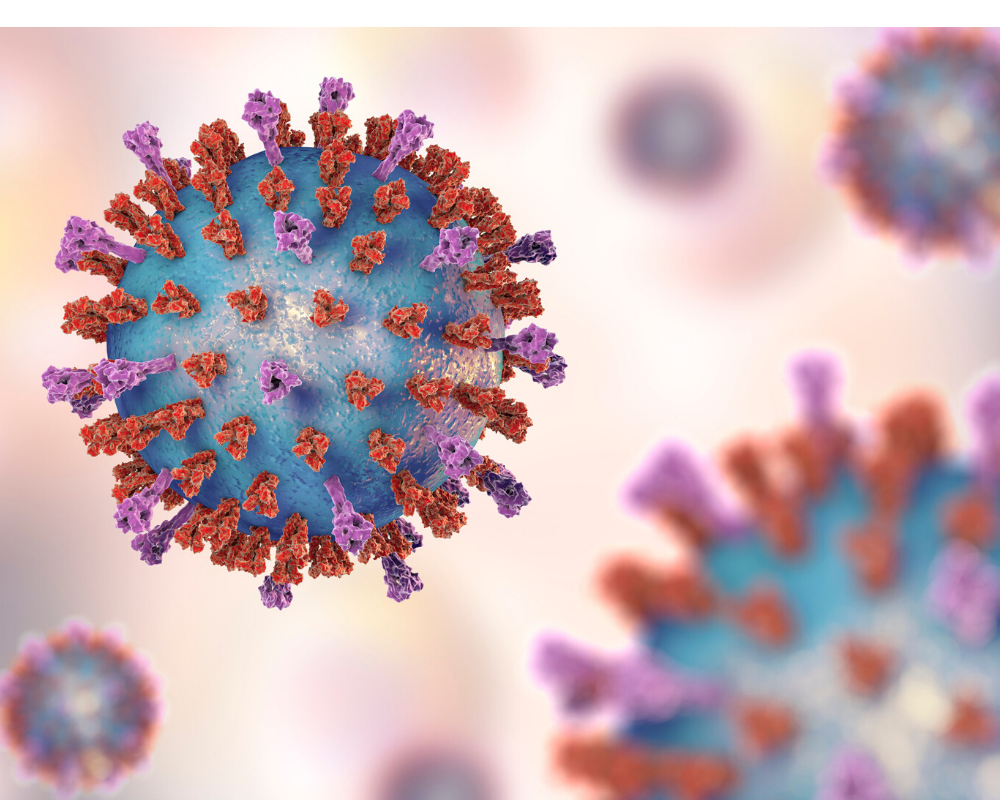An important update is available for FreeStyle LibreLinkØ. Check here for more information.
 Menu
Menu
16 Apr 2020

|
Severe acute respiratory syndrome coronavirus 2, or SARS-CoV-2, the virus responsible for the disease known as COVID-19, is now a global pandemic. This novel coronavirus was first observed in humans in December of 2019 and sequenced by multiple teams over the next month (Wu et al., 2020; Zhu et al., 2020; Chan et al., 2020). From sequencing this virus, inferences about the structure and function of the virus can be made. From this data it was determined SARS-CoV-2 is a member of Betacoronavirus of subgenus Sarbecovirus (Zhu et al., 2020). This puts SARS-CoV-2 in the same genus as Middle East respiratory syndrome coronavirus (MERS-CoV) and same subgenus as SARS-CoV (Wu et al., 2020). Comparing the novel 2019 coronavirus to other human coronaviruses (HCoV) and known animal coronaviruses led scientists to know more about how the virus infects people and insight into potential regions for testing.
The SARS-CoV-2 RNA transcript encodes multiple genes. These regions can be leveraged by making them the targets for real-time reverse transcription PCR (RT-PCR) testing. The regions code for the replicase complex ORF1ab, the spike protein (S), viral envelope (E), membrane (M), and the nucleocapsid proteins (N). When considering which targets are best to use for a test for SARS-Co-V-2 testing, the uniqueness of the region must be considered. While SARS-CoV and MERS-CoV are wide-known due to their pathogenicity, there are four other HCoVs: HCoV-OC43, HCoV-HKU1, HCoV-NL63, and HCoV-229E. These other coronaviruses contribute to the global instances of respiratory diseases, like the common cold. Due to these potential overlapping symptoms of mild COVID-19, any test for SARS-CoV-2 should also be specific enough to not catch these genetic relatives. The flu, which is caused by four different types of influenza, can also overlap for symptoms, but due to vastly different mechanisms and therefore, coding regions, there is a lower risk of cross reactivity.
The ORF1ab codes for the replicase complex and is integral in viral replication. This replicase complex involves the non-structural proteins (nsp) that are essential to replication. There are 16 different nsp regions in the ORF1ab region. The S protein of SARS-CoV-2 works by binding to angiotensin converting enzyme II (ACE2) on certain cells in human hosts (Zhou et al., 2020). This is the same cellular receptor used during the prior epidemic of SARS-CoV contributing to the similarity of disease symptoms via infection of the same cell types. The S region’s protein forms a transmembrane glycoprotein spike specific to ACE2. The E region encodes the enveloping protein encapsulating the viral RNA and houses these embedded spike proteins. This rounded encapsulation with a studded surface gives this virus type its crown-like appearance, or corona, from which the name of this viral genus was derived. The M region is responsible for the membrane of the virus. The N protein is a structural protein important for packaging the viral RNA into a helical nucleocapsid. Additional open reading frames in the viral genome exist, however they are non-structural and currently unidentified.
PerkinElmer recently received Emergency Use Authorization from the FDA for its New Coronavirus real-time RT-PCR assay. This kit leverages the ORF1ab and N regions for detection of COVID-19. These two regions are excellent targets for a real-time RT-PCR assay due to their specificity to SARS-CoV-2 and ability for adequate PCR primers and probes to be made for these regions. By not showing cross reactivity with other common respiratory tract pathogens that might share symptoms of COVID-19, false positives are avoided. A full list of these pathogens and other blood pathogens that have been tested for cross reactivity are available on PerkinElmer’s SARS-CoV-2 real-time RT-PCR assay product page. |
If you enjoyed reading our articles, why not sign up to our blog mailing list? You'll get new articles straight to your inbox as they're released!